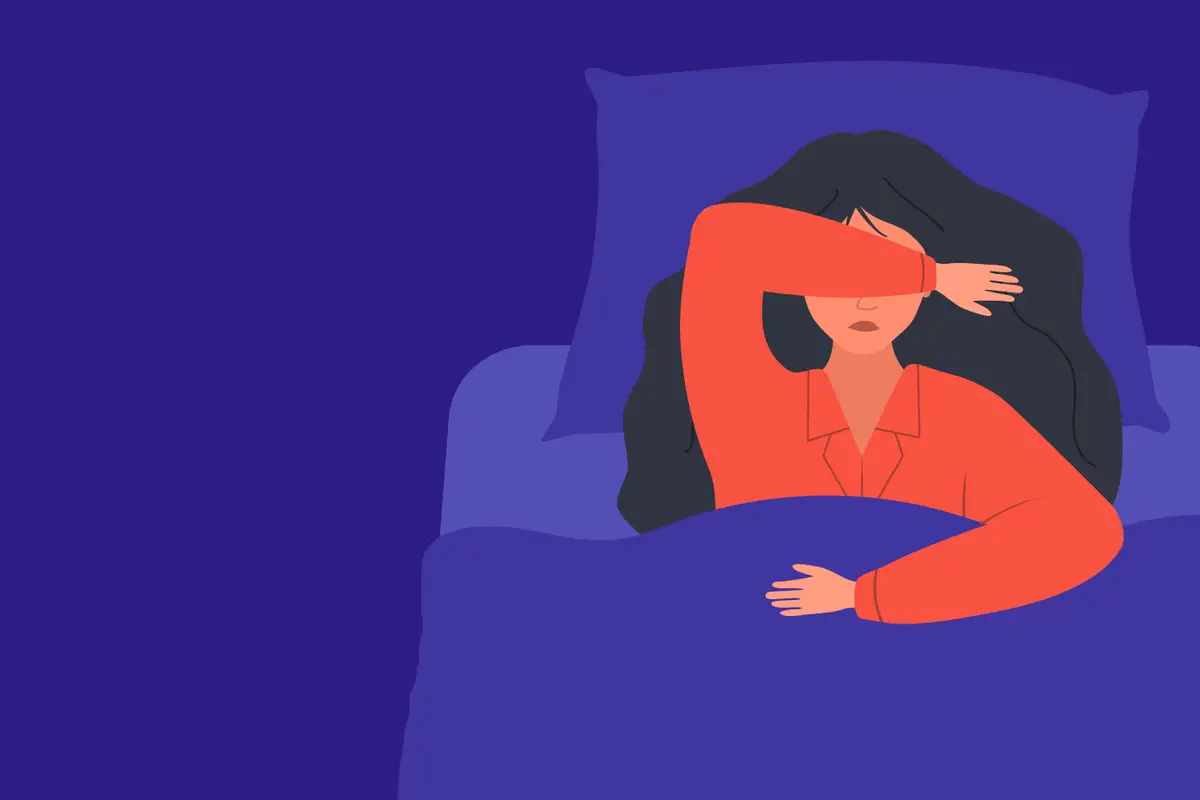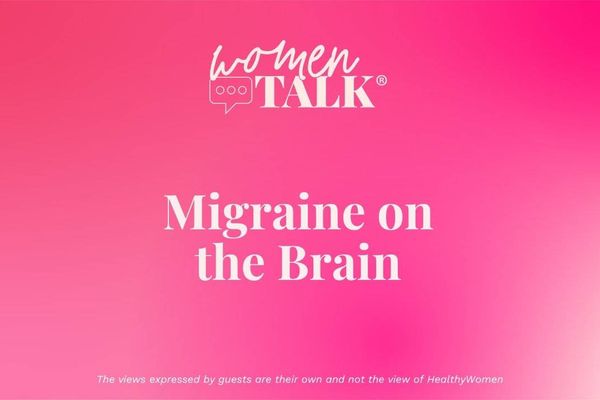39 million people in the U.S. have migraine disease – and it’s 3x more common in women than men.
Most people with the disease get 2-4 migraine attacks/month on average.
Types of migraine
Migraine without aura
This is sometimes called common migraine because about 3 in 4 people with migraine experience this type.
Some symptoms may include:
- Throbbing pain on one or both sides of the head
- Moderate to severe head pain that gets worse with normal physical activity
- Nausea and/or vomiting
- Sensitivity to light, sound and smell
Migraine with aura
About a quarter of people with migraine get a warning sign, called an aura, that an attack is coming. This can occur 5-60 minutes before a migraine attack.
Symptoms include:
- Seeing flashing lights, wavy lines, bright dots or zigzags
- Trouble seeing
- Tingling or “pins and needles” feeling
- Trouble speaking clearly
- Weakness
- Head pain
Migraine without head pain
Also known as a silent migraine, this is migraine with aura but without head pain. It affects about 4% of people with migraine overall, but may become more common for people with migraine as they approach midlife.
About 4 of 10 people who have migraine with aura will have aura without head pain later in life.
Symptoms include:
- Seeing flashing lights, wavy lines, bright dots or zigzags
- Trouble seeing
- Tingling or “pins and needles” feeling
- Trouble speaking clearly
- Weakness
Vestibular migraine
Vestibular migraine involves vertigo (dizziness) in addition to head pain. It’s most common in people with a history of motion sickness and migraines.
Symptoms include:
- Dizziness that lasts from minutes to hours (or even days)
- Balance problems
- Throbbing head pain, usually on one side of the head
- Nausea and/or vomiting
- Sensitivity to light, sound and smell
Retinal migraine
Retinal migraine causes visual disturbances in one eye. It is rare and typically affects women of childbearing age .
Symptoms include:
- Seeing twinkling or flashing lights in one eye
- Decreased or lost vision in one eye
- Head pain that may be present from the onset or start up to an hour later
Chronic migraine
A person has chronic migraine if they have headache pain for 15+ days (with migraine symptoms for at least 8 of them), 3 months in a row. If you have migraine attacks fewer than 15 days a month, it’s called episodic migraine.
Symptoms may include:
- Frequent moderate or severe headache attacks
- Pain on one side of the head or both
- Throbbing, pulsing or pounding head pain
- Nausea and or vomiting
- Sensitivity to light, sound and smell
Menstrual migraine
This migraine is linked to hormone changes during the menstrual cycle. Attacks usually hit just before or when your period starts, and are often worse and last longer than at other times during your cycle.
Symptoms may include:
- Throbbing head pain, often on one side of your head
- Nausea and/or vomiting
- Sensitivity to light, sound and smell
- Chills and sweating
- Sore or sensitive scalp
Hemiplegic migraine
This rare migraine type involves weakness on one side of the body, sometimes with an aura and not always with head pain. Because of these symptoms, this type of migraine attack is sometimes mistaken for a stroke and should be checked by a healthcare provider (HCP).
Symptoms include:
- Weakness on one side of the body
- Head pain
- Vision changes
- Numbness
- Tingling
- Trouble speaking
- Coordination issues
- Nausea and/or vomiting
- Sensitivity to sound and light
Concerned about migraine? Talk to your HCP.
This educational resource was created with support from Pfizer.
- How to Know If You’re Experiencing Migraine ›
- When It's More Than Just a Bad Headache ›
- Self-Care for Migraine Attacks – You Don’t Have to Suffer ›
- Fact Facts: Everything You Need to Know About Migraine Disease ›
- What's Your Headache Type? ›
- Got a Headache? Sometimes Less is More. - HealthyWomen ›
- Foods That Can Make Your Headaches Worse - HealthyWomen ›
- Migraine or Headache? Understanding the Difference - HealthyWomen ›
- For Years, I Didn’t Know I Had Menstrual Migraines - HealthyWomen ›
- Pasé años sin saber que tenía migrañas menstruales - HealthyWomen ›
- The Relationship Between Migraine and Mental Health - HealthyWomen ›
- How to Support a Loved One with a Migraine - HealthyWomen ›
- La relación entre las migrañas y la salud mental - HealthyWomen ›
- Cómo ayudar a un ser querido que tiene una migraña - HealthyWomen ›
- List of migraine resources - HealthyWomen ›
- Migraine Toolkit - HealthyWomen ›
- Guía práctica para migrañas - HealthyWomen ›







